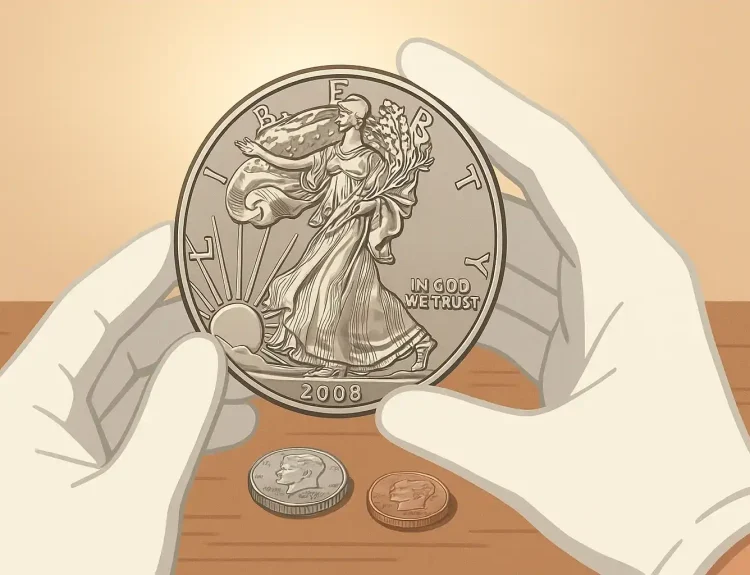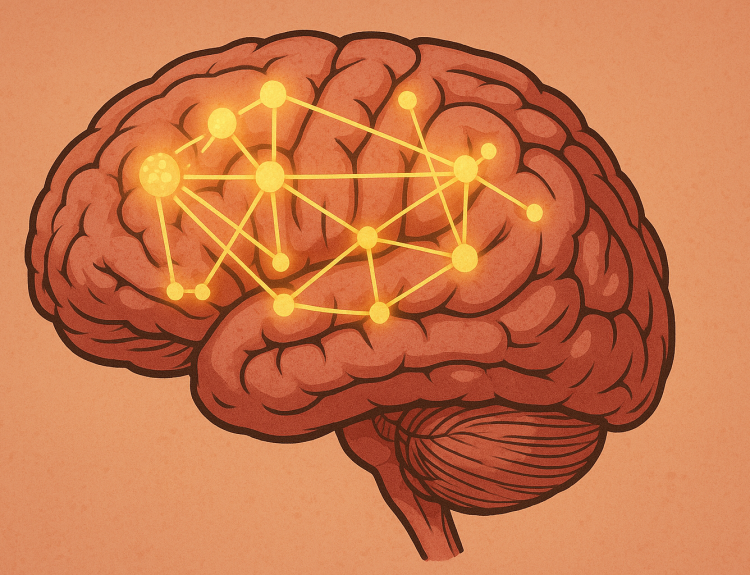Understanding the Role of Big Data in Urban Planning
How Big Data Transforms the Urban Landscape
What if cities could speak? Imagine a metropolis whispering its secrets—where traffic snarls happen, where people crave safer crossings, or where bike routes are underused. Big Data gives us the chance to eavesdrop, and its role in urban planning is nothing short of revolutionary. Forget static maps; this is about dynamic, living systems.
By analyzing streams of data, from GPS trackers on bike riders to heatmaps of foot traffic, urban planners can pinpoint areas that need attention. For instance, why are certain bike lanes perpetually empty despite being part of a popular route? Big Data doesn’t just present numbers—it tells stories.
The Hidden Power of Everyday Data
Think beyond spreadsheets. Every swipe of a transit card, every fitness app tracking someone’s ride, every scooter zipping down a street—it all feeds the big data machine. And here’s where it gets specific:
- Traffic Sensors: Mapping congestion patterns in real time.
- Social Media Mentions: Highlighting frustrations or preferences for bikers and commuters.
- Weather Patterns: Understanding how climate impacts bike lane usage.
With tools like these, planners don’t just guess—they anticipate. It’s not about controlling cities; it’s about listening to their rhythm and making smarter, kinder changes.
Methods and Tools for Analyzing Bike Lane Data
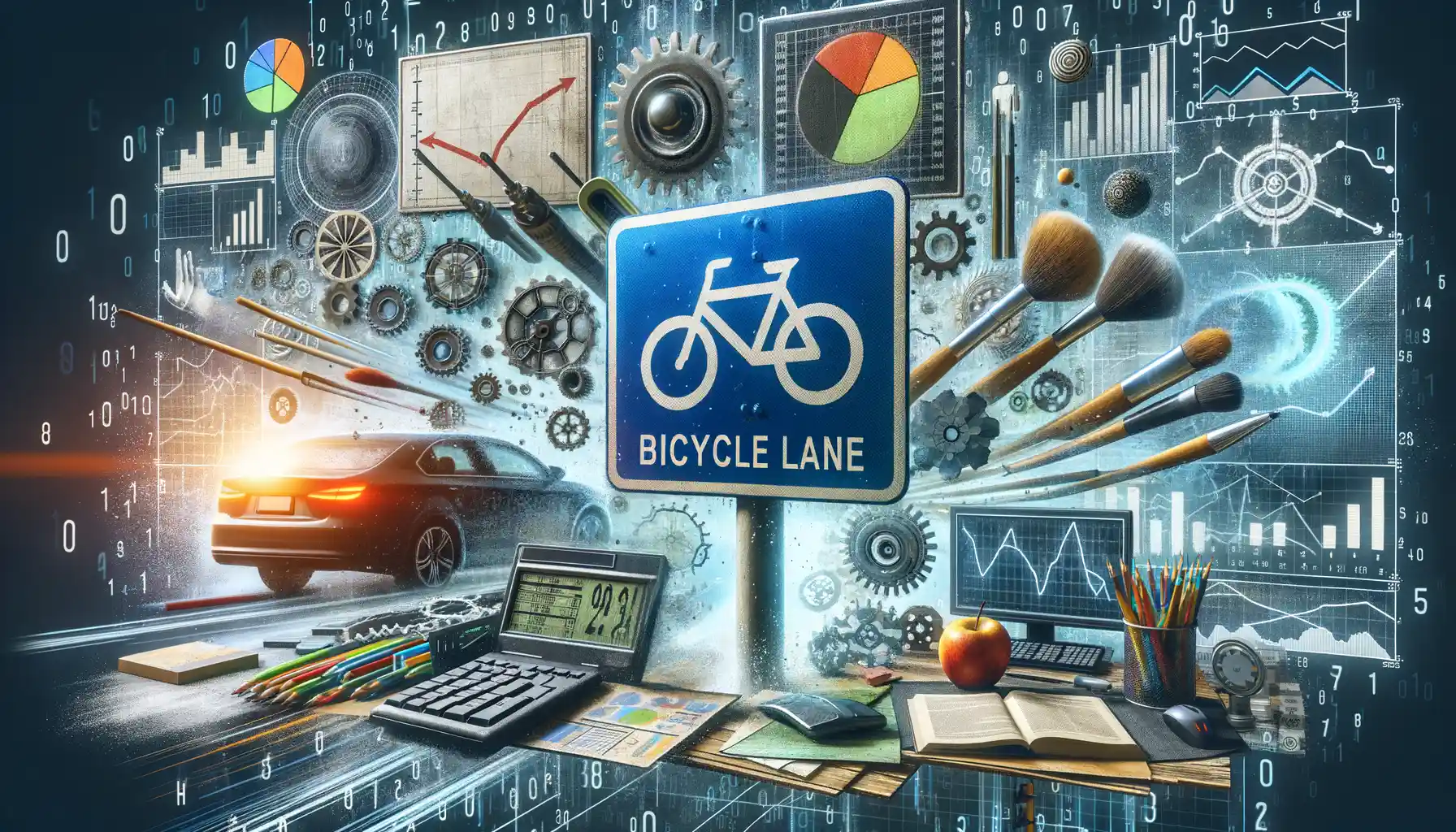
Unlocking Insights: Tools to Decode Bike Lane Patterns
When it comes to cracking the code of urban bike lane usage, we’re in an exhilarating data-driven age. The combination of tools and methods available today feels like handing a key to a treasure chest of insights. Picture this: you’re analyzing patterns of two-wheeled commuters zipping through city streets—how do you make sense of that chaos? The answer lies in a smart mix of technology and strategy.
Here’s what urban planners and analysts are diving into:
- GPS Tracking and Heatmaps: Ever wondered which paths glow with activity? Heatmaps generated by GPS systems tell a vivid story of where cyclists ride most frequently.
- Camera-Based AI: Cameras paired with AI algorithms can identify bottlenecks, measure traffic flow, and even spot risky intersections.
- Open Data Platforms: Public datasets like Strava Metro allow you to sift through anonymized cycling data to catch broader trends.
These tools don’t just crunch numbers—they visualize behaviors, simplify decisions, and help imagine cyclists’ journeys as vividly as if you were pedaling next to them.
The Role of Predictive Analytics
This is where things get delightfully futuristic. Enter predictive analytics, the wizardry behind anticipating future cycling needs. By analyzing historical data on weather, events, or seasonal changes, planners can forecast cyclist demand! Picture knowing a new coffee shop opening on Main Street will cause a spike in bike traffic—powerful, right? It’s like having a crystal ball, but way cooler and backed by algorithms instead of guesswork.
Case Studies: Successful Implementation of Data-Driven Bike Lane Planning

Transforming Seattle’s Streets: A Data-Driven Revolution
When the city of Seattle set out to improve its cycling infrastructure, they didn’t just paint a few lines on the streets and hope for the best. No, they turned to big data as their guiding light. Analyzing millions of data points from GPS trackers, commuter apps, and even weather patterns, the city uncovered insights they never expected. For instance, they learned that certain streets saw a significant uptick in bike traffic during lunch hours—why? Food trucks were parking nearby, drawing riders who wanted a quick bite! Armed with this knowledge, planners prioritized bike lanes in these bustling areas, creating paths that truly served people’s daily routines.
The results? A 35% increase in bike usage within the first year. It wasn’t just about laying asphalt; it was about building trust with the community by showing, “We see you, we get you.” Cyclists weren’t just commuters anymore—they were part of the city’s heartbeat.
Dublin: Mapping the Invisible Commutes
In Dublin, traditional traffic surveys barely scratched the surface of cycling patterns. That’s where big data came to the rescue. By sifting through anonymized smartphone location data, they discovered “invisible commutes”—routes popular among cyclists but entirely overlooked by planners. It turned out some cyclists preferred quieter, tree-lined streets over main roads, even if it meant a longer ride.
Here’s what Dublin did next:
- Converted these routes into designated cycling corridors.
- Installed weather-resistant counters to continuously monitor traffic.
- Added LED-lit bike lanes to ensure safety, even at night.
The “invisible” became visible, and cycling numbers skyrocketed by 50% within two years. Who’d have thought a data analysis could feel almost… poetic?
Challenges in Leveraging Big Data for Urban Cycling Infrastructure
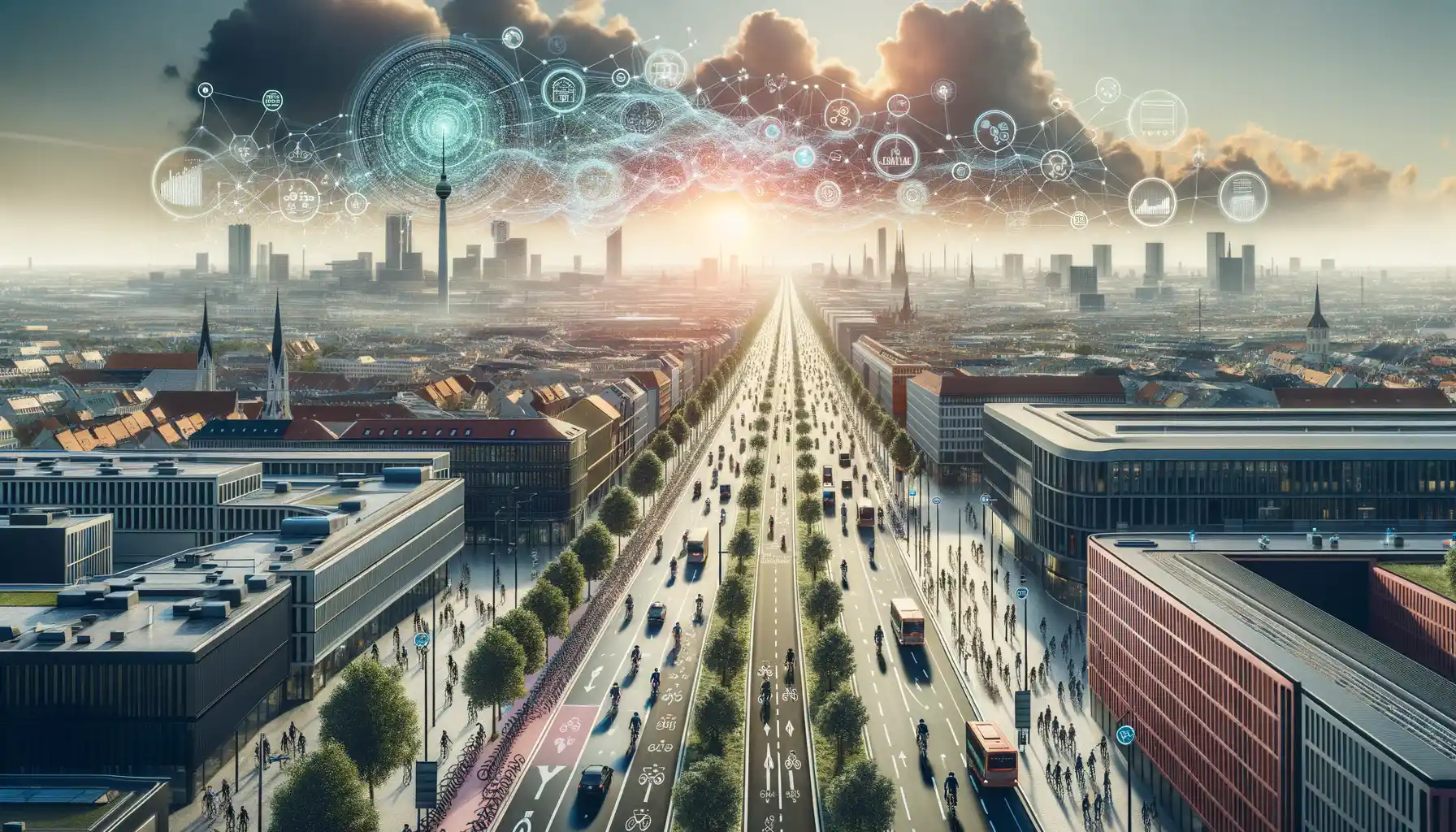
The Data Goldmine Is Hard to Dig
If you’re envisioning shimmering streams of big data effortlessly guiding bike lanes into existence, think again. One of the biggest hurdles? It’s messy. Picture a cluttered room where every piece of furniture represents rider data: GPS points, ride durations, weather stats, and more. Now imagine trying to assemble a perfect bike lane map from that chaos. Urban planners often spend countless hours cleaning and standardizing this “mess” before it’s even usable. Data purity is no small feat.
Even when things are tidied up, there’s the matter of blind spots. You might get loads of commuter data from popular cycling apps, but what about those who *don’t* use such platforms? The delivery riders, the occasional weekend cyclists, the groups who bike on smaller, less-traveled roads—are they invisible in these datasets? Often, yes.
When Technology Outpaces the Toolbox
On the tech side, things aren’t always smooth sailing either. Big data requires **big power**, and smaller municipal offices can find themselves staring at raw datasets like a hiker with no map. Not every city has access to sophisticated tools or expert analysts. Some common challenges urban planners face include:
- Software limitations: Existing tools might not integrate data streams effectively.
- Budget constraints: Let’s face it: upgrading tech means trimming costs elsewhere.
- Staff expertise gaps: Machines only work as well as the hands (and minds) interpreting their outputs.
In short, leveraging big data for bike lanes isn’t just a walk—or ride—in the park. It’s a detailed, painstaking puzzle, and not all the pieces are a perfect fit.
Future Trends in Big Data for Sustainable City Planning
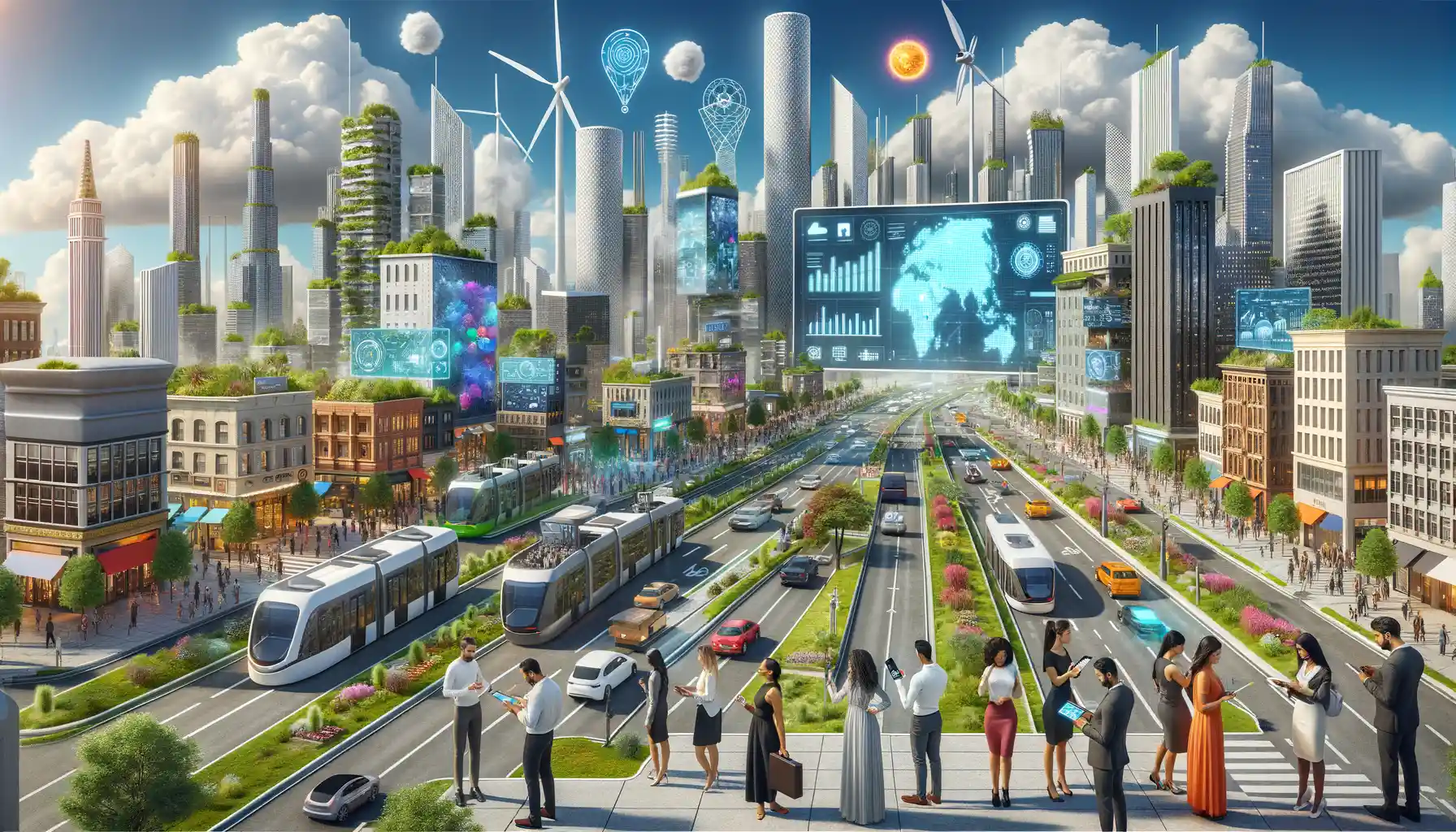
Revolutionizing Urban Mobility with Predictive Data
Imagine a city where every bike ride is smooth, safe, and perfectly tailored to its rider. That future may be closer than you think, thanks to the incredible evolution of Big Data analytics. Cities are already tapping into GPS trackers, mobile apps, and public transit data—but what’s next? Emerging trends are pushing boundaries in ways that feel almost straight out of science fiction.
One fascinating innovation is the use of predictive analytics powered by AI. Instead of reacting to accidents or congestion, cities could predict them before they even occur. For example, combining live weather data, cyclist movement patterns, and seasonal traffic flows could allow urban planners to adjust bike lane usage dynamically or even create pop-up lanes on-demand. It’s planning that happens in real time!
- Digital twins: Virtual cities where planners test bike paths before building them.
- Machine learning that deciphers hidden cycling trends from billions of data points.
- The integration of IoT sensors to track air quality, road safety, and cyclist density minute-by-minute.
A Greener Tomorrow Through Data Synergy
Big Data isn’t just about numbers—it’s about creating harmony between humans, technology, and nature. What if solar-powered bike lanes collected cycling data while charging e-bikes? Or smart signals adapted based on cyclist volume? These are no longer wild dreams but actionable ideas born from sustainable city planning.
Moreover, as governments commit to reducing carbon footprints, look for open-data collaborations to skyrocket. Shared global platforms will let designers borrow best practices from Paris, Copenhagen, or Bogotá, adapting them to local needs. It’s the ultimate recycling—not of materials, but ideas!
The future isn’t just bright; it’s sustainable, tech-driven, and endlessly exciting. And it all begins with the humble bicycle.

